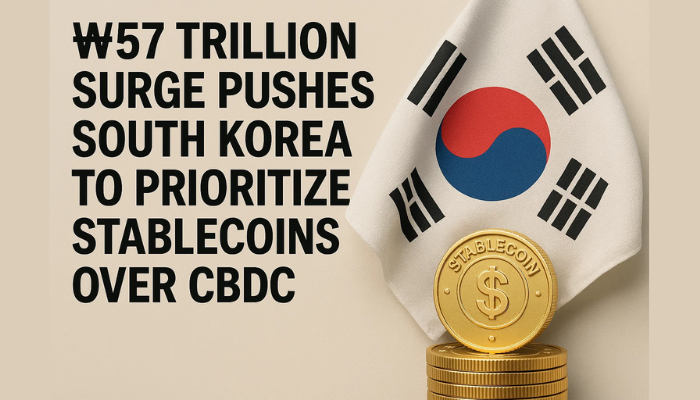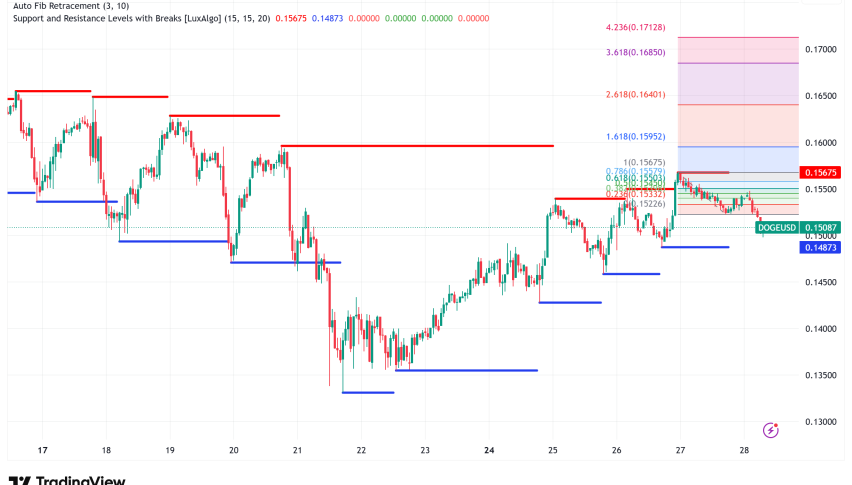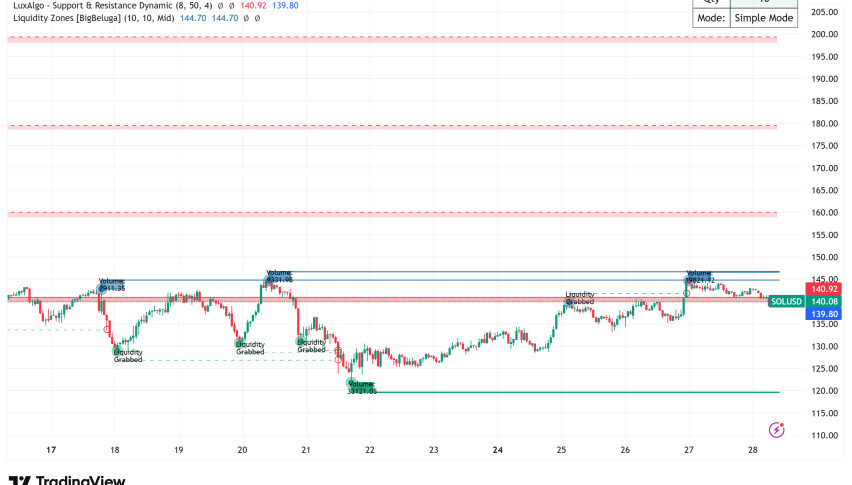₩57 Trillion Surge Pushes South Korea to Prioritize Stablecoins Over CBDC
South Korea’s central bank has put the second phase of its Central Bank Digital Currency (CBDC) pilot on hold to focus on regulating...

Quick overview
- South Korea's central bank has paused its CBDC pilot to prioritize the regulation of won-backed stablecoins due to operational and scalability challenges.
- The Digital Asset Basic Act aims to establish a licensing framework for KRW-backed stablecoin issuers, emphasizing consumer protection and reserve requirements.
- Eight major commercial banks in South Korea are collaborating to launch a KRW-pegged stablecoin, responding to regulatory expectations and market demand.
- This shift from a centralized CBDC to regulated stablecoins positions South Korea to potentially lead in fiat-backed stablecoin adoption in the region.
South Korea’s central bank has put the second phase of its Central Bank Digital Currency (CBDC) pilot on hold to focus on regulating won-backed stablecoins. According to Bloomberg, a Bank of Korea (BoK) official confirmed that the rollout of Project Han River’s next phase—originally set for Q4 2025—has been delayed due to rising operational costs and scalability issues.
The CBDC initiative, launched with seven major banks, was to explore peer-to-peer transfers and merchant payments. However, concerns over efficiency, unclear commercialization paths and pushback from participating banks forced a change of direction.
Instead, South Korea’s monetary authorities are fast-tracking won-denominated stablecoins as a more viable way to digitize its financial infrastructure.
Stablecoin Regulation Takes Center Stage
At the heart of this is the Digital Asset Basic Act, a bill that will establish a licensing framework for KRW-backed stablecoin issuers. To qualify, companies need to have ₩500 million ($370,000) in equity and meet strict reserve and consumer protection requirements.
President Lee Jae-myung has made this a key financial policy. His administration sees locally regulated stablecoins as a way to reduce dependence on foreign digital currencies and preserve monetary sovereignty in a digital economy.
Key Stats and Trends:
- ₩57 trillion ($42B) in stablecoin volume in Q1 2025
- USDT and USDC still dominate in South Korea
- Goal: Replace USD-pegged assets with KRW-based alternatives
- Policy concern: Foreign stablecoin dominance seen as a risk to financial autonomy
Democratic Party leaders have echoed the urgency, warning that foreign-issued stablecoins pose structural risks to the national economy.
Commercial Banks Lead the Charge
South Korea’s commercial banks aren’t waiting. Eight major banks—including KB Kookmin, Shinhan, Woori and Nonghyup—have announced a joint plan to launch a KRW-pegged stablecoin to meet regulatory expectations and market demand.
This aligns with comments from Min Byeong-deok, head of the Digital Asset Committee, who believes the stablecoin industry could rival the economic size of the semiconductor and AI sectors. He’s calling for immediate legislation to ensure South Korea leads the global tokenized economy.
Outlook
From Centralized Currency to Localized TokenizationBy shelving its CBDC and going with regulated stablecoins, South Korea is moving from centralized digital currency experiments to more market-integrated, bank-driven solutions. This approach is about flexibility and innovation, empowering domestic institutions while controlling digital money flows.
As regulations get clearer, South Korea could be the regional leader in fiat-backed stablecoin adoption—connecting the dots between traditional banking and programmable money.
- Check out our free forex signals
- Follow the top economic events on FX Leaders economic calendar
- Trade better, discover more Forex Trading Strategies
- Open a FREE Trading Account


